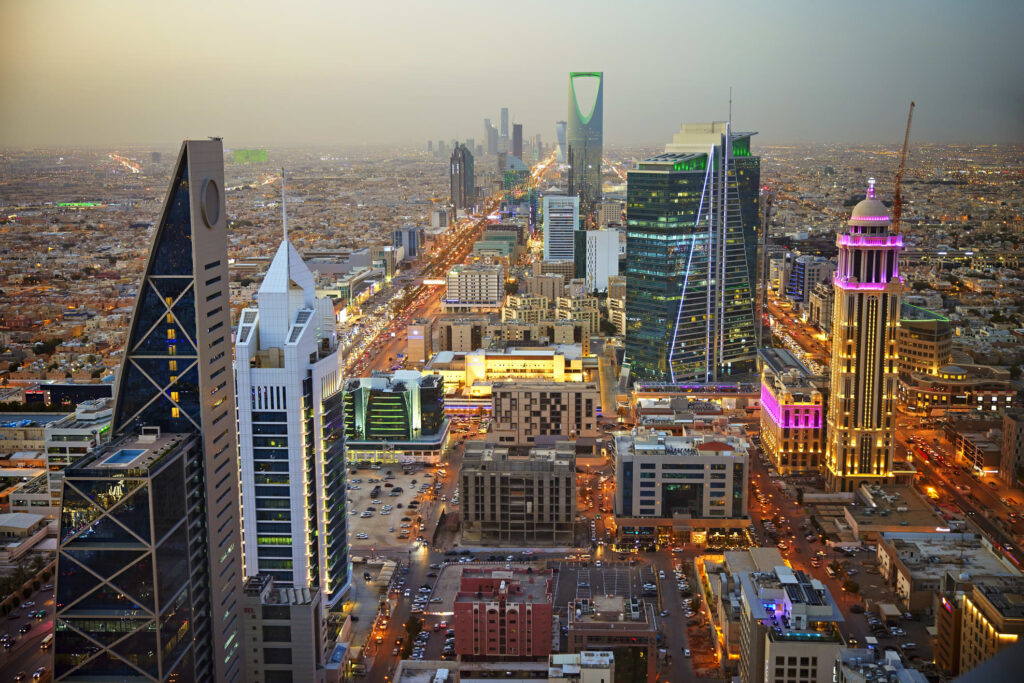
Saudi Arabia is accelerating oil production among OPEC+ members and raising prices for Asian buyers, signaling expectations of stronger global demand. However, even as prices climb, the kingdom faces fiscal pressures due to its high budget break-even oil price—estimated around $90 per barrel. This is largely driven by the government's expansive spending agenda, including Vision 2030, Crown Prince Mohammed bin Salman’s plan to diversify the economy and reduce oil dependence.
Despite past austerity during the 2014 oil price collapse, Saudi Arabia has made genuine strides in building its non-oil economy, with sectors like tourism, construction, and technology contributing more to GDP. This was evident in Q1 2025 when the economy grew by 2.7%, bolstered by a 4.2% expansion in non-oil industries. Still, the start of Q2 has seen a slowdown, proving that even diversified sectors remain vulnerable to oil price swings due to their interconnectedness with national revenues.
According to the IMF, Saudi Arabia now needs Brent crude at $96.20 per barrel to balance its budget. With prices still far below that level, the government is facing a growing budget deficit that could reach 5% of GDP if current conditions persist. This has raised the likelihood of spending cuts, potential tax hikes, and intensified efforts to grow non-oil sectors. However, experts say the kingdom is fiscally strong enough to manage a larger shortfall in the short term without major disruption.
Already, the first quarter saw a deficit of $15.6 billion—over half the projected shortfall for the entire year—due to an 18% drop in oil revenues. With the original full-year deficit estimate at $27 billion, analysts now warn it could balloon past $50 billion. Some, like Goldman Sachs, even project a $67 billion deficit in 2025 if oil prices average around $62 per barrel, forcing the government to rely more on debt issuance rather than foreign reserves.
Despite these challenges, there are signs of optimism. Brent crude prices are slowly climbing, and futures suggest improving demand or tightening supply into 2025. Saudi Arabia’s renewed push to diversify its economy could build long-term resilience, even as oil remains central to funding that very transition. This fiscal squeeze may be the pressure needed to drive sustainable reforms that ensure the kingdom’s financial health beyond the oil era.

